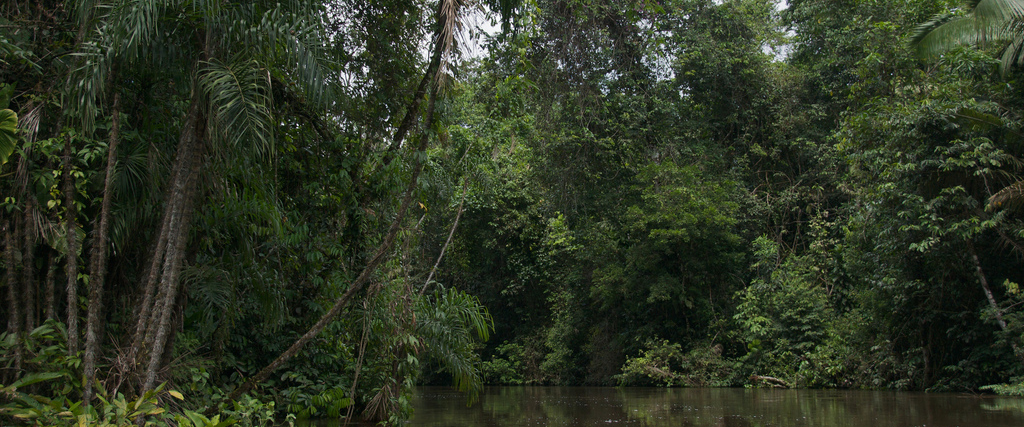Carbon Governance Arrangements and the Nation State
Due to the difficulties among nation-states in adopting effective means of implementation to cope with climate change, a plethora of new "governance experiments" has emerged in the past few years. Some of them are targeting activities or units which are contributing enormously to global carbon dioxide emissions, like deforestation or megacities.
So far, little systematic knowledge exists about how these governance arrangements work and what their impacts on the political-administrative systems are. Given these shortcomings, this research project sets out to explore how (and how far) different types of globally operating governance arrangements have caused changes in the distribution of public authority within nation-states.


